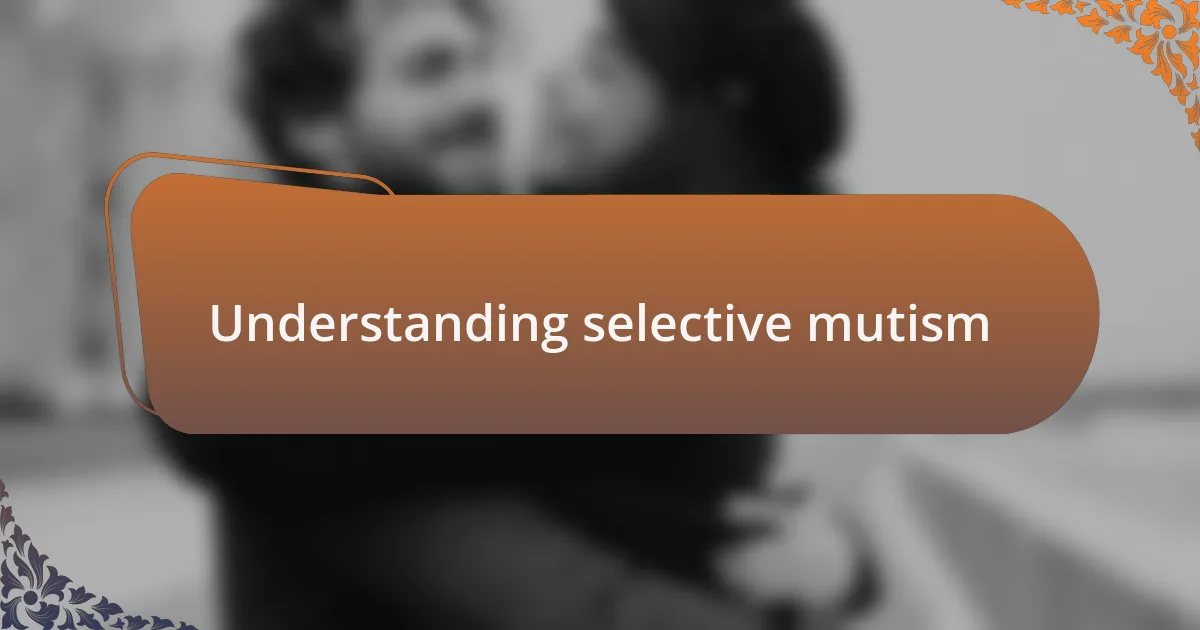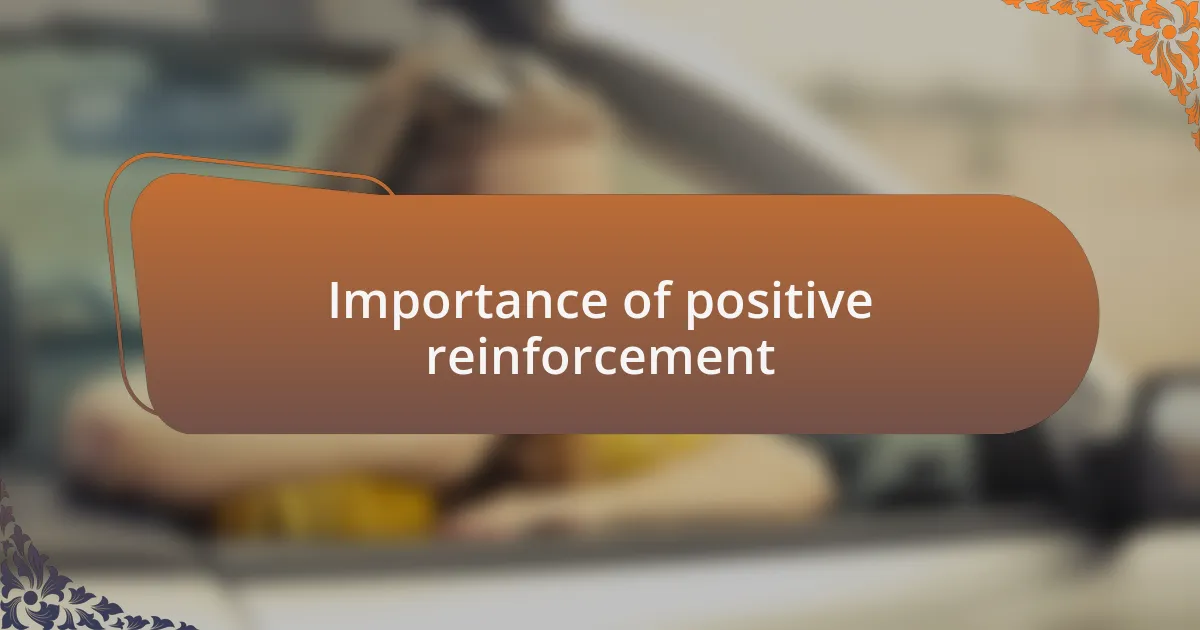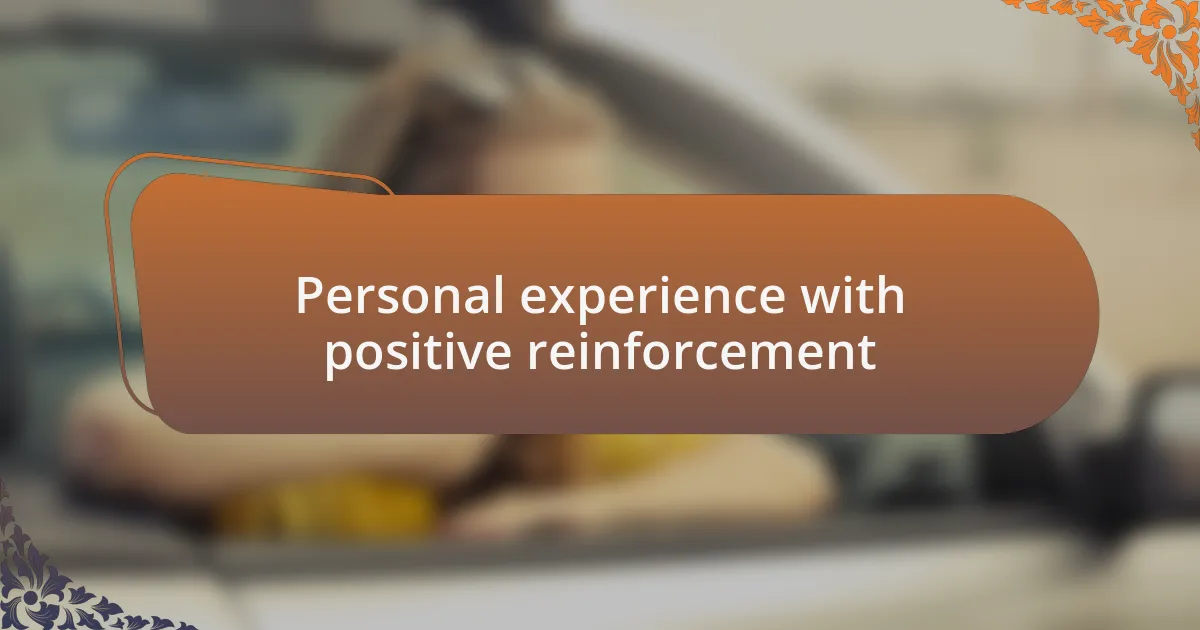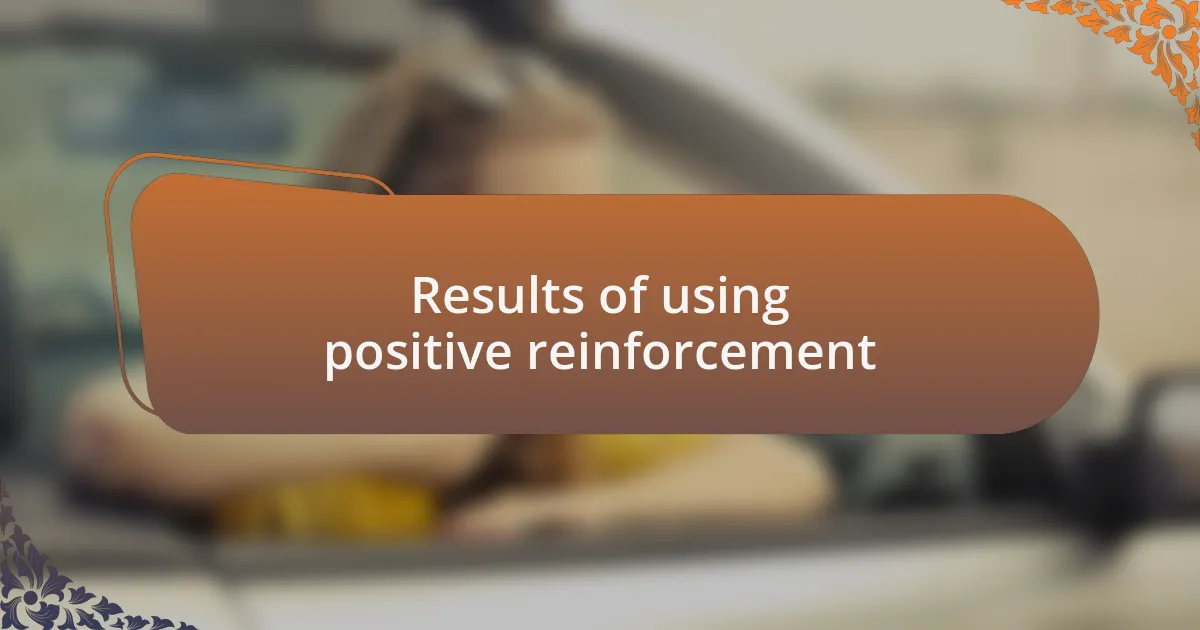Key takeaways:
- Selective mutism is an anxiety disorder that affects children’s ability to communicate in specific social situations, leading to feelings of isolation and low self-esteem.
- Positive reinforcement encourages children to communicate by building confidence through praise and creating a supportive environment.
- Effective techniques for reinforcement include specific praise, rewarding communication opportunities, and maintaining consistency to gradually reduce barriers to speaking.
- Celebrating small victories not only empowers individual children but fosters a culture of encouragement within classrooms and social settings.

Understanding selective mutism
Selective mutism is a complex anxiety disorder that primarily affects children, preventing them from speaking in certain social situations despite having the ability to communicate effectively in other settings, like at home. I remember when my niece, who struggled with this condition, would light up around her family but shrink into silence at school. It made me wonder what goes on in her mind during those moments—could she hear the other kids but felt unable to respond?
The emotional toll on children with selective mutism can be profound, often leading to feelings of frustration, isolation, and low self-esteem. I recall attending a school meeting where a teacher shared how heartbreaking it was to see my niece so withdrawn, wishing she could participate but feeling trapped in her silence. Have you ever felt that kind of pressure to conform to social expectations? It’s a stark reminder of how internal struggles can affect external behavior.
Understanding selective mutism requires empathy and a multifaceted approach. This disorder isn’t merely about shyness; it intertwines with anxiety and can drastically affect a child’s social development. I once spoke with a therapist who emphasized the importance of creating a supportive environment, where children can express themselves freely, and I realized how crucial it is for families and educators to foster that sense of security. Wouldn’t it be wonderful if every child could find their voice without fear?

Importance of positive reinforcement
Positive reinforcement is essential for children with selective mutism because it helps to build their confidence in communication. I remember a time when I gently encouraged my niece to share her favorite toy in a playgroup setting. The joy on her face when her friends responded positively to her simple words was a revelation. It reaffirmed to me how powerful it is to create an environment where children feel rewarded for their efforts, no matter how small.
Building on that experience, I’ve learned that consistent positive reinforcement can significantly reduce anxiety around speaking. Praise for any attempt to communicate, like nodding or making eye contact, reinforces the idea that expressing oneself is safe and valued. When I casually acknowledged my niece’s bravery in speaking up at school, I noticed a gradual change—it was as if she began to realize that her voice could lead to connection rather than fear. Have you seen this kind of transformation in children too?
The impact of positive reinforcement extends beyond immediate responses; it helps forge long-term changes in behavior and self-esteem. During family gatherings, when we celebrated her progress—like even a whisper—it was clear that each acknowledgment acted like a stepping stone in her journey. Witnessing this growth made me acutely aware of how vital it is to celebrate every small victory, as these moments can collectively empower a child to break free from the chains of silence.

Benefits of positive reinforcement
Positive reinforcement brings a sense of joy and encouragement that can transform a child’s communication experience. I once observed my friend’s son, who struggled with speaking up at family events. After receiving praise for simply waving to someone, his smile lit up the room, and I could see how that small acknowledgment sparked a newfound enthusiasm in him to express himself more. Isn’t it amazing how a little encouragement can lead to such significant change?
Another benefit I’ve noticed is the way it fosters an environment of safety and trust. I remember taking my nephew to a local park where he initially hesitated to join other kids on the swings. By cheering him on each time he took a step closer, he eventually felt comfortable enough to join in the fun. This experience made me realize the profound impact of positive reinforcement in creating a space where children are free to explore their voices and socialize without fear. Don’t you think that when children feel supported, they’re more likely to take risks in communication?
Moreover, the ripple effects of positive reinforcement can boost a child’s overall self-image. I once spent an afternoon engaging in crafts with my niece, who often shied away from sharing her ideas. Each time I celebrated her thoughts, I saw her posture change; she sat taller, and her ideas began to flow more freely. It’s fascinating how acknowledgment can reshape a child’s inner dialogue. Could we imagine a world where every child feels empowered to express themselves just because someone believed in them?

Techniques for effective reinforcement
When it comes to effective reinforcement techniques, one standout method I’ve found is the use of specific praise. I remember working with a shy child during a speech therapy session who rarely spoke up. Instead of general praise, I pointed out exactly what she did well, saying, “I loved how you pronounced that word clearly!” The sparkle in her eyes after such targeted recognition was powerful; it’s like I could see her confidence growing right before my eyes.
Another effective technique is to create rewarding experiences linked to communication opportunities. For instance, I used to set up playdates for a quiet child, ensuring games that required some verbal interaction. Observing him slowly opening up while playing a board game was a delight, and hearing him shout out each turn felt like a mini victory. Have you ever thought about how enjoyable communication can become when it’s enveloped in laughter and play?
Additionally, consistency is key in applying positive reinforcement techniques. I recall a time when I supported a young boy in expressing his needs during lunchtime. Every time he asked for a specific item, I made sure to respond enthusiastically. Over time, his willingness to speak up blossomed, and he began to experiment with new vocabulary. It’s intriguing to see how a steady approach can gradually remove the barriers to communication, don’t you agree?

Personal experience with positive reinforcement
I remember the time I focused on positive reinforcement to help a young girl who struggled to participate in group settings. One day, after she whispered a response during a classroom activity, I leaned down, smiled, and said, “That was wonderful! You shared your thoughts so clearly.” The sheer delight on her face was unforgettable, and in that moment, I realized how powerful recognition can be in building confidence.
In another instance, I worked with a boy who would only communicate during one-on-one interactions. I introduced a reward system where he could earn stickers for every sentence he spoke in group discussions. Over several weeks, I noticed that he was not just collecting stickers, but also starting to engage more naturally with his peers. It made me wonder—how often do we overlook the impact of tangible rewards in encouraging communication?
The profound changes I observed didn’t happen overnight. Initially, I felt a sense of frustration when my efforts didn’t yield immediate results. But reflecting back, those moments of patience reinforced my belief in positive reinforcement’s potential. Have you had similar experiences, where a little encouragement led to something truly remarkable?

Results of using positive reinforcement
The results of using positive reinforcement were incredibly rewarding. I remember a particularly shy girl who, after receiving praise, began to initiate conversations with her classmates. Each small success felt like a monumental victory, making me reflect on how validating one’s efforts can spark a chain reaction of newfound confidence.
In another case, I noticed a boy gradually transitioning from silence to spirited discussions. His joy was palpable every time he earned a reward for speaking up. It was a heartwarming reminder of how positive reinforcement not only motivates actions but also creates a supportive environment where children feel safe to express themselves.
Over time, I began to see a shift in the entire classroom dynamic. As students learned to celebrate one another’s achievements, a culture of encouragement blossomed. Don’t you think it’s fascinating how positivity can transform interactions and empower individuals to step out of their comfort zones?

Tips for parents and educators
When working with children experiencing selective mutism, I found that using positive reinforcement effectively created a ripple effect of encouragement. For example, I remember a parent who celebrated her daughter’s small victories, like saying “hi” back to a friend. This acknowledgment not only boosted the girl’s confidence but also made the communication feel less daunting, reinforcing the connection between effort and praise.
I’ve observed that setting achievable goals plays a crucial role in this process. One educator I spoke with started with a simple target: a student had to say one word during class each day. The thrill on that child’s face after meeting the goal was unforgettable. It made me realize how essential it is to break tasks down into manageable steps.
Don’t underestimate the power of consistency in your approach. I once facilitated a workshop with teachers who shared their strategies for maintaining a reward system. One teacher noted that keeping a visible chart of achievements inspired her students, making their progress tangible. Isn’t it incredible how concrete representations of success can motivate kids to take that next brave step?